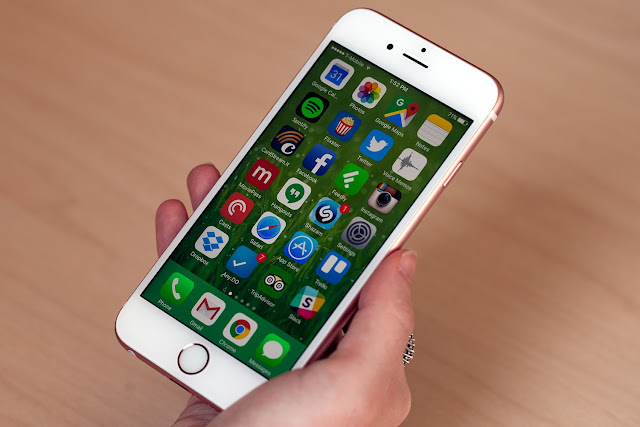A quick way to free up iPhone memory: With this move, you can revive a sluggish iOS device without resetting or restarting it.
iPhone acting sluggish or strange? When my
iPhone feels like it's a step slow, a poor network connection is usually to
blame. And in instances where a weak signal isn't the culprit, I usually power
down my iPhone, give it a minute to catch its breath, and then power it back
on. That maneuver usually does the trick, but I just discovered a quicker way
to get my iPhone back on track.
When your Wi-Fi is rock-solid or your
cellular connection is strong and your iPhone is still slow to respond, there
is a quick procedure you can perform that flushes your iPhone's memory. I tried
it on both my iPhone and iPad and found that while it doesn't completely or
even dramatically free up memory resources, it did reduce each device's memory
usage somewhat.
To free up some memory, unlock your phone and
then hold down the power button until the "slide to power off" screen
appears. Next, instead of sliding to power off or tapping the cancel button,
press and hold the Home button for a few seconds until you are returned to the
home screen. That's it, memory flushed.
What I think this maneuver really does is
suspend all background app activity. After you are returned to the home screen,
if you double tap the Home button, you will see that all of of your recently
used apps are still listed in the app switcher carousel. When you tap to open
one, however, you won't pick up where you left off as the app switcher normally
does. Instead, the app reloads and starts you off fresh.
I installed a system monitor app on my iPhone
and iPad to see what my memory usage looked like before and after performing
this memory-flush move. What I found was that I freed up an average of 75MB of
RAM on my iPad Air (out of a total 1GB of RAM) and about 50MB (out of 2GB of
RAM) on my iPhone 6S. But I performed these tests when each device was
operating smoothly. I tried to open and engage as many apps as possible to
simulate a heavy load before each test, but I was unable to bring either device
to its breaking point. While my gains in free memory were minor, perhaps
they'll be greater in cases where a higher percentage of memory is active.
Source: cnet
